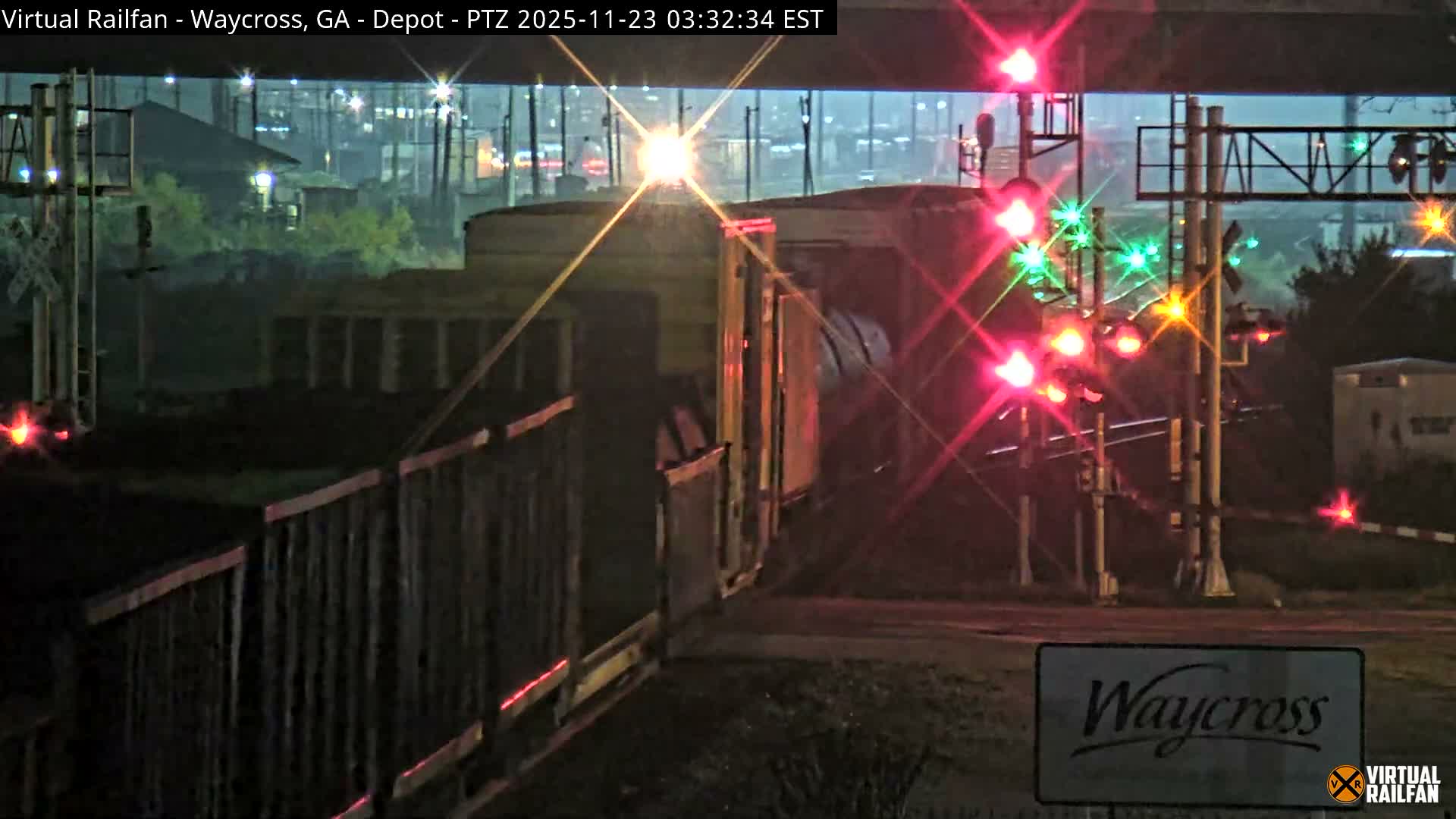Rapid Fault Healing Research Challenges Earthquake Physics
Scientists at the University of California, Davis, are challenging long-held theories in seismology with groundbreaking research on "rapid fault healing." This new understanding suggests that geological faults, often considered permanently weakened zones after an earthquake, can regain their strength much faster than previously believed. Such a rapid recovery mechanism could force a significant re-evaluation of how seismic events are understood and predicted.
Re-evaluating Fault Mechanics
Traditionally, models of earthquake rupture and recurrence have operated on the premise that faults remain weakened for extended periods following a seismic event, gradually building stress again before the next tremor. However, the UC Davis study posits that this healing process, where the fault surface effectively "re-seals" or strengthens, might occur on timescales much shorter than expected, potentially within hours or days rather than years or decades. This phenomenon could explain why some areas experience aftershocks that are not simply diminishing replicas, or why certain fault segments appear to "lock" unexpectedly soon after movement.
Profound Implications for Seismic Science
The implications of rapid fault healing are profound for earthquake physics. If faults strengthen quickly, it changes our understanding of stress accumulation, energy release, and the mechanics governing rupture propagation. This paradigm shift could influence everything from seismic hazard assessments to the development of early warning systems. Researchers suggest that future investigations will need to explore the specific geological conditions and material properties that facilitate this rapid healing, potentially leading to more accurate models of earthquake behavior and, ultimately, better preparedness strategies for earthquake-prone regions.







